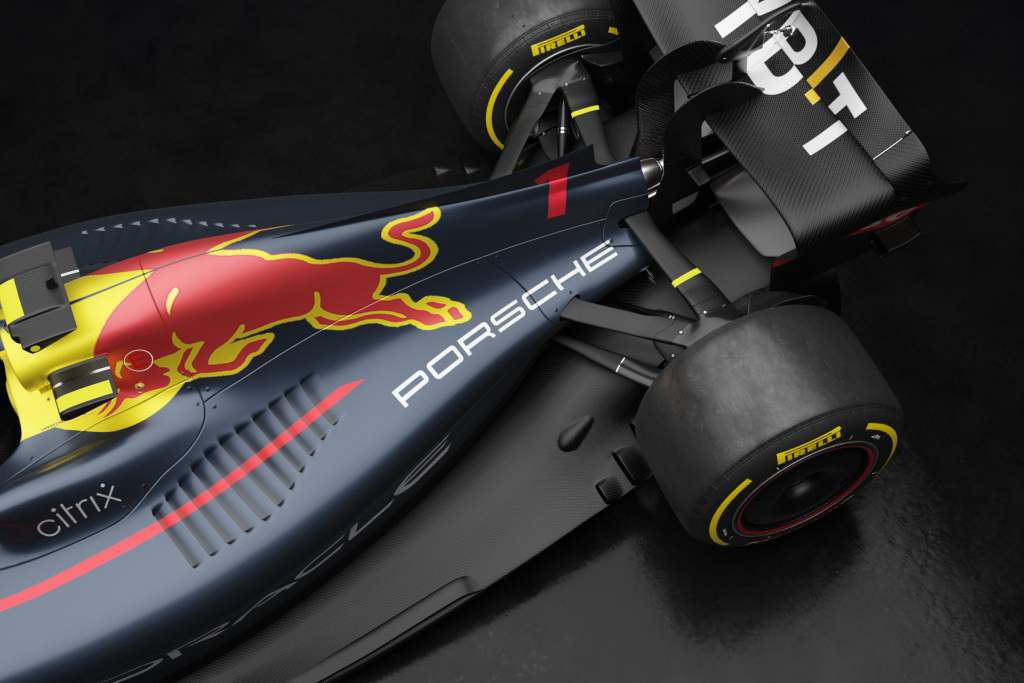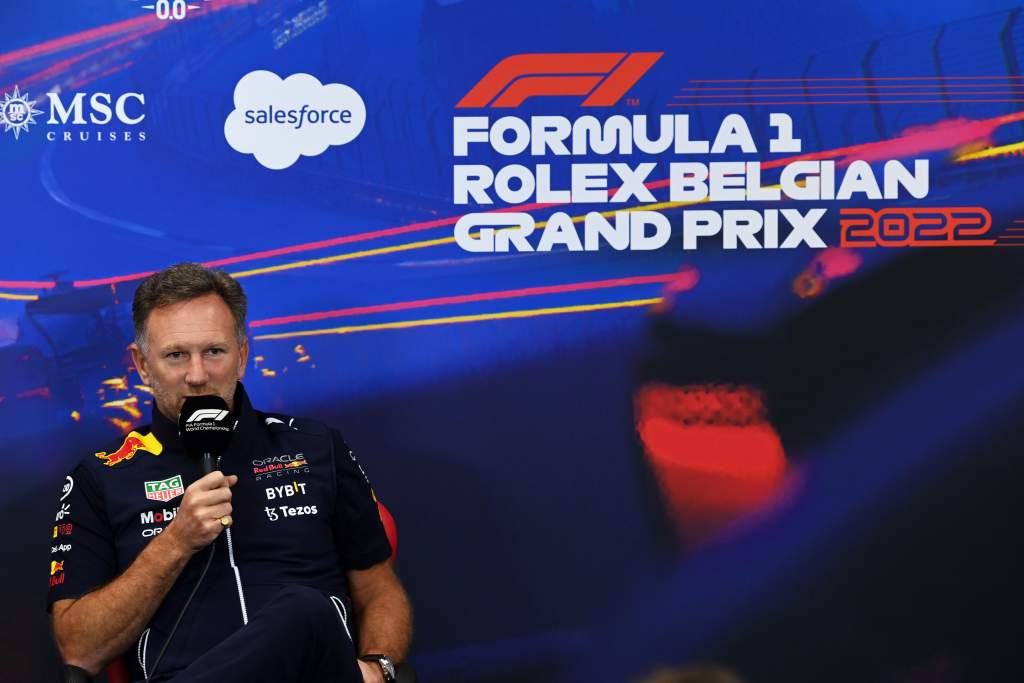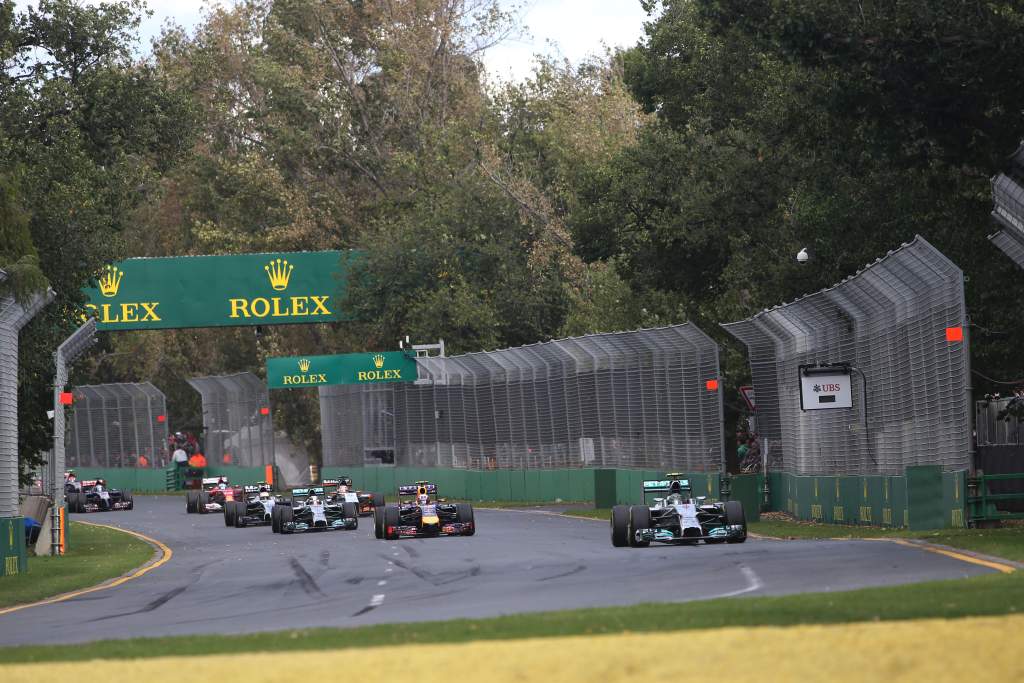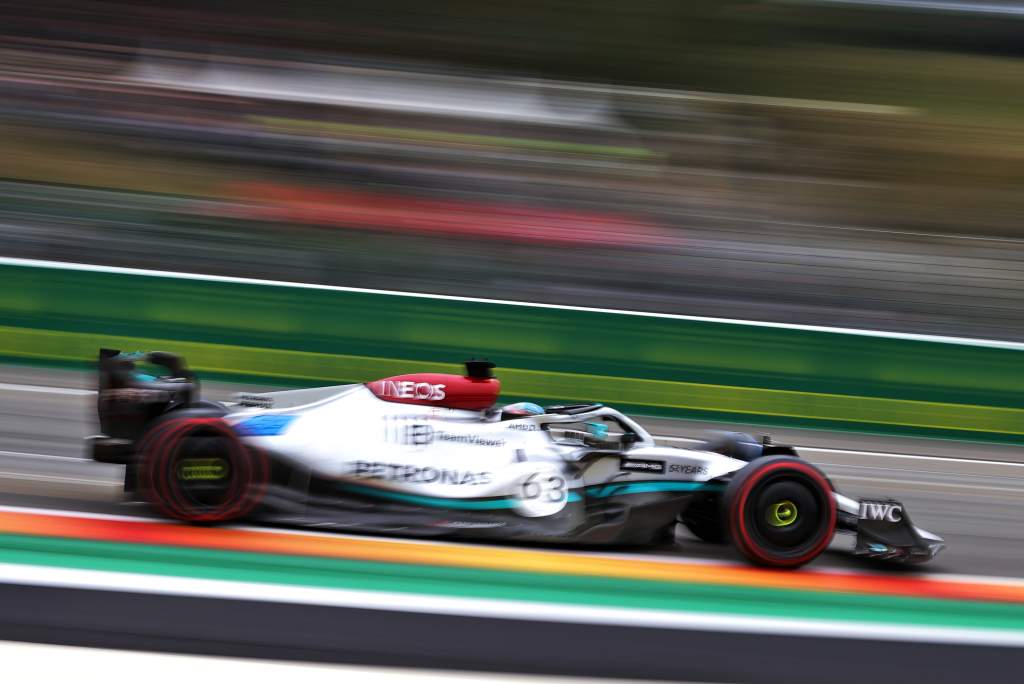Red Bull team principal Christian Horner says that the extra financial allowances new manufacturers joining Formula 1 for the new engine regulations will benefit from are “pretty frugal” considering the scale of the challenge – and wants F1 to ensure it doesn’t suffer from another “massive disparity” between manufacturers.
Red Bull Powertrains qualifies as a new manufacturer for 2026 through its anticipated joint venture with Porsche, given it is currently competing with technology developed by Honda but badged under its own name.

The new financial regulations for power units set a cost cap baseline figure of $130million per year from 2026 onwards. But there are also cost controls in the build-up to that, with the spending figure set at $95m for each year from 2023-25.
New power unit manufacturers entering in 2026 are permitted an extra allowance baseline of $5m in ’25 and $10m in each of ’23 and ’24 given the need to catch up with the pre-existing knowledge and technology of incumbent engine companies.
Horner argues that the increase in carryover components, particularly in the bottom end of the V6 internal combustion engine, relative to the original intent of the regulations means these allowances are not big enough.
“As the engine [in terms of the 2026 regulations] has evolved, there’s a large elements of carryover,” said Horner. “And that for a newcomer, when you’re starting from scratch, is tremendously challenging.
“Despite the bottom end of the engine trying to be more prescriptive, there’s always performance. Formula 1 engineers time and time again show how creative they are in finding performance.
“The biggest disadvantages for a newcomer are two aspects. One is that we have to catch up, we have to try and cover the ground of pretty much 10 years of these regulations, of know-how and knowledge that we don’t have.
“And within the budget cap constraints that there are, $10 million for a newcomer is pretty frugal, particularly in engine terms, to be able to catch up the knowledge and know-how, particularly with the carryover in the ICE technology.

“The other challenge for a newcomer within those financial regulations is establishing your facility, because when you’re starting from scratch. Within 55 weeks we’ve created a factory and we’ve produced our first combustion engine, which is an enormous achievement.
“But there’s still a long, long way to go in terms of manufacturing capacity, etc. And there are timelines for that to be in place, some of which is slightly unrealistic. As a newcomer, it’s a huge burden to try and get ourselves facility-wise to a position [to do that].
“We just wanted there to be a level playing field – in that we don’t want to overshoot what the current incumbents have, but we want to be able to get to a point where we can have the same.
“Fundamentally, the safety net that was within the regulations, which is something that will need to be revisited over time, is that if a power unit manufacturer misses the target, what is that allowance to correct that so that we don’t have a big massive disparity as we saw at the introduction of the V6 era 2014? It’s all a work in progress.”

There is relevant carryover in terms of knowledge and technology in terms of the bottom end of the engine. But Hywel Thomas, managing director of Mercedes AMG High Performance Powertrains, argues it is not a direct carryover of actual parts.
He describes the 2026 engines as “completely new” and argues that what he calls the “non-competition” part of the power unit – the tightly-prescribed bottom end – is not carried over in real terms.
“In terms of carryover, there’s a non-competition part of the internal combustion engine,” said Thomas. “And the regulations in there are pretty tight in terms of some of the dimensions, some of the technologies they can use and the materials.

“They match pretty closely to what we are currently like racing, so there’s a big carryover in those technology areas.
“But it’s not actual carryover because although our componentry is very close to what we’re seeing now in the regulations, it isn’t exactly the same.
“So the combustion engine is split into a competition half and the non-competition half and the non-competition half is very, very similar, but not quite carried over.
Like the other engine manufacturers who will compete in 2026, including Audi, Red Bull Powertrains already started work on the project.
A single-cylinder test engine was tested on the dyno for the first time before F1’s summer break, although it was designed based on earlier iterations of the regulations.
Horner says it’s not “totally irrelevant” but stressed that the new clarity in the regulations means that Red Bull now knows what it is working towards.
“The engine that we’ve created has been based on the knowledge that obviously has been discussed throughout the technical forums within the power unit” said Horner.
“So thankfully, it’s not totally irrelevant to what the regulations are and it was important for us to get that first rung on the ladder [with] the first-ever engine designed and produced by Red Bull. It was a historic moment for the company to see that fire into life just prior to the summer break.
“But now with that clarity of regulations, of turbo capacity, of compression ratios, of piston specification, etc. enables that development to continue in the timeline that we have between now and 2026, which within a cost cap control environment is a significant challenge.”



